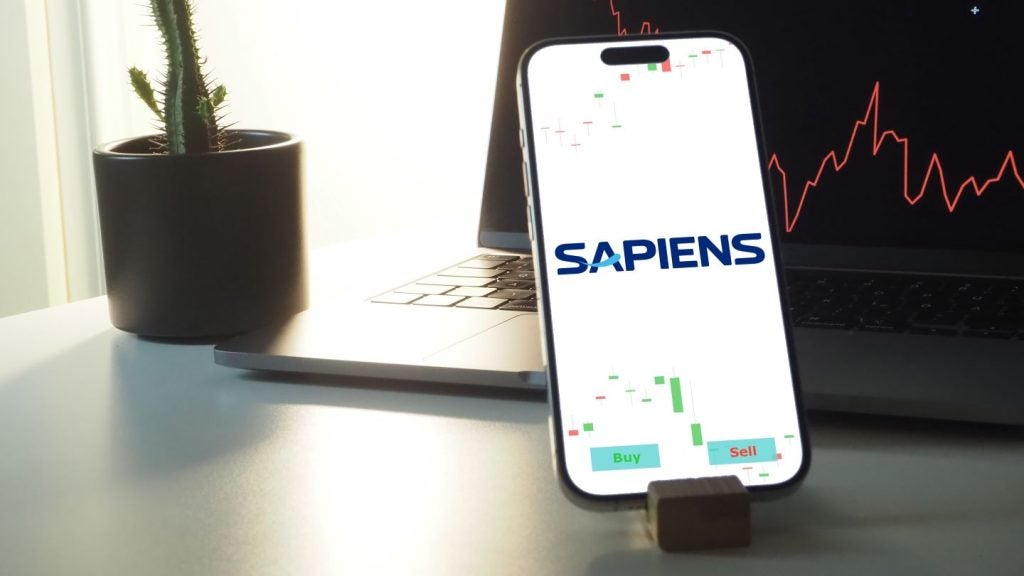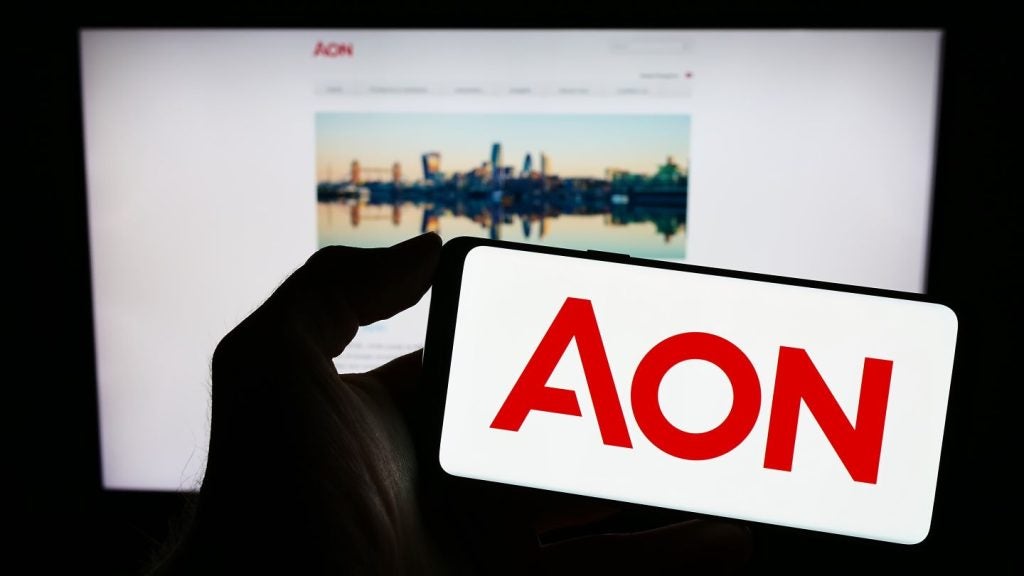Pan-American Life may be
a small insurer by the standards of its giant US peers, but has an
advantage many would like to have – almost 100 years of experience
in Hispanic markets. Pan-American provided Robin Arnfield with
insight into its approach and plans for vigorous
expansion.
 Not a company which
Not a company which
regularly hits the headlines, Pan-American Life Insurance Group
(PALIG) has over the past 99 years carved itself an enviable niche
in the Hispanic market sectors in the US and, more recently, in
Latin America. It has also earned high-praise from ratings agencies
AM Best and Fitch Ratings for its balance sheet strength and
conservative investment approach which enabled it to weather the
financial crisis relatively unscathed.
“To date, Pan-American’s
investment losses have been minimal and Fitch’s expectation is that
any future losses relative to capital and earnings will be below
average compared with industry peers,” noted Fitch in a recent
review of the group.
PALIG, which is ultimately
owned by Pan-American Life Mutual Holding Company, has as its main
operating unit Pan-American Life (Pan-American) which provides
individual and group life insurance and medical insurance to half
am customers in the Americas.
In the US, Pan-American is
licensed in 47 states, Washington DC, and Puerto Rico, where its
primary market is first- and second-generation
Hispanics.

US Tariffs are shifting - will you react or anticipate?
Don’t let policy changes catch you off guard. Stay proactive with real-time data and expert analysis.
By GlobalData“We also build a bridge
toward [our customers’] family members residing in Latin America,”
Pan-American senior vice-president for global life insurance Bruce
Parker told LII.
“Additionally, we focus on
two niche markets; the US military and government employees. In the
US, we sell individual life products [universal life and term
insurance] to US citizens and to foreign citizens with significant
business relationships in the US.”
In Latin America,
Pan-American provides individual and family coverage, as well as
estate and business planning, to middle and affluent segments of
the population.
“We also offer mass marketing
and micro-insurance products such as accidental death and
in-hospital daily benefits through telemarketing and point-of-sale
channels that are geared towards broader segments,” Parker
noted.
Pan-American’s mass marketing
and micro-insurance products are sold through partners such as
banks and department stores. Micro-insurance is targeted at
low-income segments, which lack the statistical data and actuarial
information needed for sales of traditional insurance
products.
“In 2011, we plan to offer
simple term products through mass marketing channels,” Parker
said.
Pan-American has affiliates
in Costa Rica, Colombia, the Caymans, Guatemala, and Panama, plus
branch offices in Ecuador, El Salvador, and Honduras.
“We are looking at geographic
and product expansion in Latin America in 2011,” Parker said. “For
example, we plan to expand our Panamanian product
portfolio.”
In June 2010, Pan-American
received approval from Costa Rica’s Superintendencia General de
Seguros (General Insurance Regulator) to operate in the country.
Pan-American plans to offer group life, accident and health
insurance products plus individual health insurance in Costa
Rica.
It is the sixth foreign
insurer to enter Costa Rica following the opening of the market to
competition in 2009. According to Swiss Re, Costa Rica recorded
total life insurance premium income of $585m in 2009.
Core
segments
Pan-American operates through
three segments: the Domestic Group, the Latin American Group, and
the Global Life Group. In 2009, Domestic accounted 41% of
Pan-American’s total gross earned premiums, Latin America for 19%
and Global Life 40%.
The Domestic Group comprises
three businesses: Worksite-US, Special Markets, and Puerto Rico. In
the continental US, Pan-American sells limited-benefit worksite
products, including employer-paid and voluntary group life and
medical plans. In July 2009, Pan-American acquired USNow, the main
agent for its Worksite products, and rebranded the agency as
Pan-American Benefits Solutions.
“We focus on employers such
as security firms, hotels, and long-term-care facilities that want
to give their staff affordable medical plans,” senior
vice-president for domestic markets John Foley told
LII.
“We are experiencing
tremendous growth in our PanaMed limited-benefit plan, with sales
growth projected to exceed 50% over the next six
months.”
In a statement, Pan-American
said
PanaMed’s growth contrasts with other US insurers which are exiting
the health market as a result of new provisions in President
Obama’s Patient Protection and Affordable Care Act. Enacted in
September, these provisions include mandated coverage for
pre-existing conditions and the removal of certain limits such as
life-time dollar limits previously imposed on essential
benefits.
Pan-American says PanaMed is
a fixed-indemnity plan that pays scheduled benefits per covered
events. Similar to other supplemental plans, it is exempt from the
federal health care reform coverage requirements.
Pan-American’s Special
Markets group provides stop-loss, accident, dental, and disability
products to US employers. This business is written through managing
general underwriters.
In Puerto Rico, Pan-American
offers group life and health coverage.
“Our Puerto Rican unit
capitalised on the exit [from the market] of several competitors in
the third quarter of 2009 to increase annual sales by 60% over 2008
to $23m,” PALIG’s 2009 report states.
Foley told LII that
Pan-American’s Puerto Rican group health business saw a 56% growth
rate in 2009.
Latin American
Group
The Latin American group
sells group life and health products including major medical,
disability, accidental death, and critical illness to businesses
and affinity groups. The biggest-selling product is major
medical.
“Pan-American has solid
market shares in Latin America,” Fitch said in a report on the
insurer.
“Its long-term commitment to
Latin America as well as its bilingual employees, brand
recognition, and its understanding of local markets and Hispanic
culture, are key competitive advantages.”
In 2009, the Latin American
group saw an increase in operating income thanks to operational
improvements it made to address underwriting discipline and claims
management practices, Fitch says.
Global Life
Group
Pan-American’s Global LifeG
roup includes International Dollar business, its Latin American
individual life business, and a closed block of US ordinary life
business. The International Dollar business is aimed at wealthy
people in Latin America and the Caribbean needing US-dollar
denominated life insurance.
The International Dollar
business only sells individual life, with universal life accounting
for the majority of sales. Most of the premiums in the
International Dollar segment are sold through brokers and written
through Pan-American’s Cayman Islands subsidiary.
The primary individual
products offered in Latin America are universal life and
level-premium term sold exclusively through agents.
Hispanic market
benefits
“In the US, there’s keen
competition in life insurance, which has resulted in policy prices
becoming commoditised,” said Clark Troy, senior analyst at US
consultancy Aite Group.
“This favours life insurance
companies that specialise in a niche market via a distribution
channel. Pan-American is well entrenched in the Hispanic market
with its agent distribution network.”
Troy added that the Hispanic
life insurance market is a difficult business for traditional life
insurers to enter. “There are cultural barriers among Hispanics
about mentioning death,” he explained.
“So the US Hispanic market is
fairly untapped, and this gives a big opportunity for
Pan-American,” he said.
In November, PALIG said it
would open an office in Miami to sell medical insurance to
high-net-worth individuals. It also appointed Miami-based Jose
Antonio Villamil to its board of directors. Villamil is a member of
President Obama’s advisory committee on trade policy and
negotiations and was undersecretary of commerce for economic
affairs under former president George Bush.
“Villamil’s joining PALIG’s
board is a positive development,” Troy said. “He is well connected
with the Bush family and the US government. Having a
Hispanic-oriented life carrier that is targeting affluent Hispanics
in Texas and Florida is a very logical business model.”
Financial
results
In 2009, PALIG’s revenues
rose by 5.6% year-on-year to $423m, while total assets reached
$2.2bn, and total capital $468m. Net income was up 428%
year-on-year to $26.4m.
In a company newsletter PALIG
said its overall sales were up 20% year-on-year in the third
quarter of 2010.
“Total individual life sales
were up 11% year-on-year in the third quarter,” Parker told
LII.
“This is a significant
growth, considering that, according to financial industry
organisation Limra, US individual life industry sales were up 6%
year-on-year in the third quarter of 2010,” he added.
In the third quarter of 2010,
Latin American group life sales were up 14%, Worksite sales up 2%,
and Special Markets sales up 66%. Guatemala had the biggest growth
in individual life sales in Latin America in the third quarter of
2010, up 39% year-on-year, while El Salvador led in group life
sales, with a 30% increase.
On the back of Pan-American’s
solid showing, AM Best upgraded the insurer’s financial strength
rating from A- (Excellent) to A (Excellent) in May 2010.
“The rating actions reflect
Pan-American’s strong risk-adjusted capitalisation, its steadily
increasing operating GAAP [Generally Accepted Accounting
Principals] profitability, and niche markets in Latin America,” AM
Best noted.
“The ratings also recognise
the continuing execution of new business initiatives to drive
premium diversity within the group through its various Latin
American affiliates.”
AM Best analyst Raj Shah told
LII: “Most of Pan-American’s rating factors have remained
the same, so there may be no particular changes to our May 2010
rating.
“We will refresh this rating
in 2011.”
Following on from AM Best’s
upgrade, in November 2010, Fitch affirmed Pan-American’s ‘A’
Insurer Financial Strength rating.
“Pan-American’s outlook
remains stable,” Fitch director Tana Higman told
LII.
“We view the company’s strong
balance sheet as a key ratings driver. Its total risky assets in
relation to statutory capital are below the industry
average.”
Higman continued that, even
during the recent financial crisis, Pan-American’s investment
losses were low compared to its peers.
“Pan-American’s GAAP earnings
have been increasing as management focuses on streamlining
operations and addressing legacy issues,” Higman said.
“However, the main source of
income, providing 60% of total operating income, is from the Global
Life group’s closed block of US ordinary life business which isn’t
part of Pan-American’s target market going forward.”
According to Fitch, in the
first nine months of 2010, Pan-American’s GAAP net income rose to
$28m from $16m the prior year.
Overall, despite Higman
reservations relating to closed block of US ordinary life business,
Pan American appears set on a course of solid sustained
growth.
Underscoring its potential,
according to Pan-American, disposable income of the US’ Hispanic
population was $951bn in 2008, 8.9% of total US consumer spending.
US Hispanics’ disposable income is projected to reach $1.4trn by
2013.
Clearly, Pan-American is only scratching the surface of
its major market.








